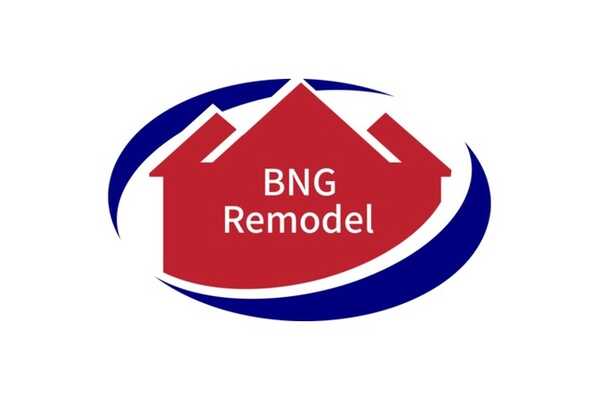When Remodeling a Kitchen, What Comes First?
The first step is establishing a realistic budget when initiating a kitchen remodel. This sets the stage for mindful decision-making, aligning our choices with financial limitations and renovation goals. Budgeting entails a detailed breakdown, covering essentials like cabinets, countertops, flooring, and labor costs. Strategic allocation of funds prevents overspending and enhances the project’s overall success. By prioritizing our expenditures wisely, we guarantee a smoother renovation journey.
Remember, a well-planned budget is key to achieving the kitchen of your dreams. Expand your knowledge on the following important steps for a successful remodel.
Setting a Budget When starting a kitchen remodeling project , we must set a realistic budget to ensure that our financial resources are allocated efficiently and effectively. First, we must conduct a thorough cost breakdown to understand where our money will be invested. This breakdown should include cabinets, countertops, appliances, flooring, and labor costs. We can prioritize our spending and avoid overspending in certain areas by having a detailed breakdown.
Moreover, researching financing options will be vital. Whether it’s through personal savings, home equity loans, or credit cards, exploring different avenues will help us make informed decisions on how to finance our project without straining our finances. Remember, a well-planned budget is the cornerstone of a successful kitchen renovation.
Planning the Layout Having established our budget, let’s now explore planning the layout of our kitchen remodel to maximize functionality and aesthetics. When designing the layout, consider lighting placement to guarantee a well-lit workspace and create ambiance. Incorporate storage solutions like pull-out drawers and cabinets to optimize space. Focus on traffic flow by arranging appliances and cabinets to allow for easy movement within the kitchen. The work triangle connecting the sink, stove, and refrigerator should be efficient and unobstructed. By strategically placing these elements, you can enhance productivity and convenience in the kitchen. Attention to these details during the layout planning stage will set the foundation for a successful kitchen remodel.
Choosing Materials and Finishes To create a unified and stylish look for your kitchen remodel, we must carefully select the materials and finishes to complement the overall design scheme. Regarding countertop options, consider durable materials like quartz or granite for functionality and aesthetic appeal. Flooring is important in tying the room together; hardwood floors bring warmth, while tiles offer versatility and easy maintenance. Cabinetry styles can range from sleek modern designs to classic shaker cabinets, so pick one that suits your taste and complements the rest of the kitchen.
Additionally, lighting fixtures are essential for functionality and ambiance, so consider incorporating a mix of task lighting, ambient lighting, and decorative fixtures to illuminate and enhance the space.
Selecting Appliances As we explore the world of kitchen appliances, our focus shifts towards improving functionality and efficiency while adding a touch of modern sophistication to the heart of your home. When selecting appliances, consider reputable appliance brands known for their quality and durability. Look for energy-efficient models to save on kitchen costs in the long run. Pay attention to installation logistics to guarantee seamless integration into your newly remodeled kitchen. Moreover, check the warranty coverage different manufacturers offer to protect your investment.
By carefully evaluating these factors, you can choose appliances that enhance the aesthetics of your kitchen and provide the performance and reliability you need for everyday use.
The post When Remodeling a Kitchen, What Comes First? appeared first on BNG Home .

BNG Remodel
Posted on May 17th, 2024











